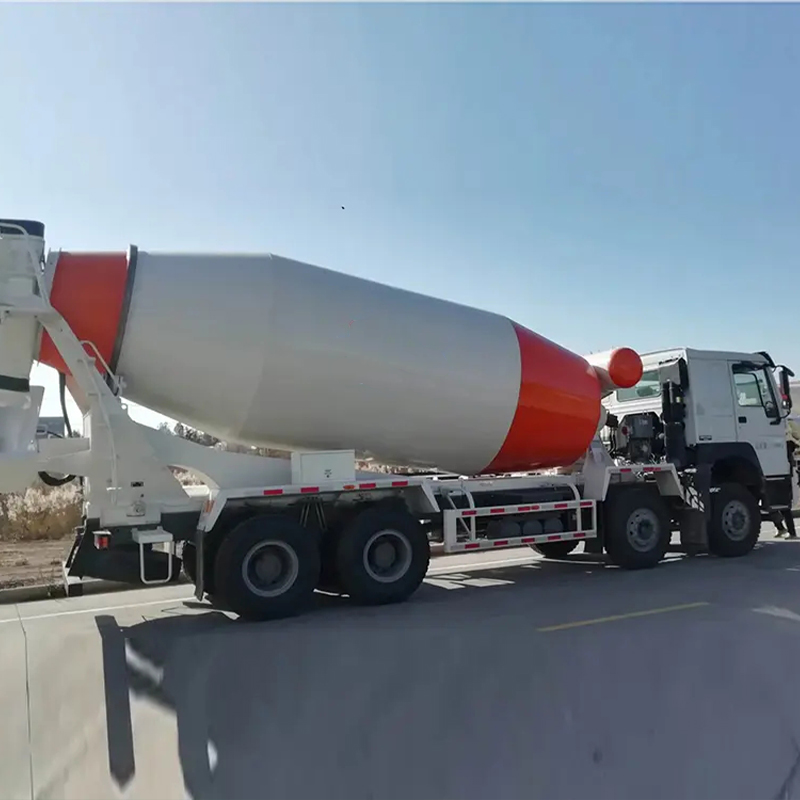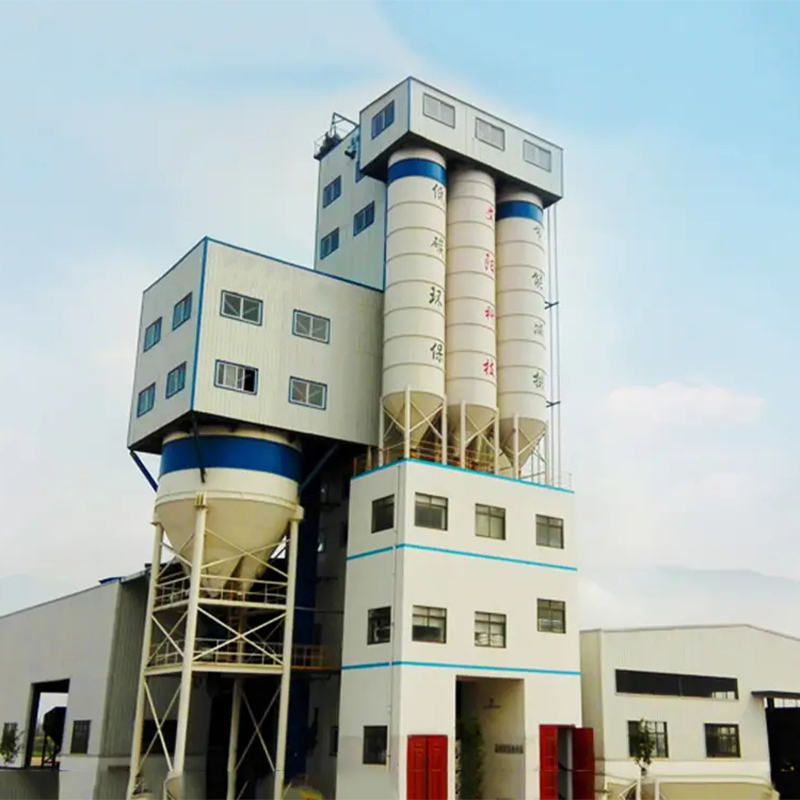This guide provides a detailed overview of cart away concrete batch plants, covering their features, benefits, applications, and considerations for selection and operation. We’ll explore different types of plants, key specifications, and factors to consider when making a purchase decision. Learn how to choose the right plant for your specific needs and optimize your concrete production process.

Understanding Cart Away Concrete Batch Plants
What is a Cart Away Concrete Batch Plant?
A cart away concrete batch plant is a portable concrete mixing facility designed for easy transportation and setup at various job sites. These plants are ideal for smaller projects or situations where a permanent installation isn’t feasible. They offer flexibility and efficiency, allowing for on-site concrete production as needed, minimizing transportation costs and time delays. Unlike larger stationary plants, these are designed for mobility and ease of relocation. This makes them perfect for projects with a shorter timeline or those that require movement to different locations.
Types of Cart Away Concrete Batch Plants
Several types of cart away concrete batch plants exist, categorized primarily by their mixing method and capacity. Common types include:
- Mobile Concrete Batching Plants: These offer high mobility and are frequently used for smaller to medium-sized projects.
- Trailer-mounted Concrete Batch Plants: These plants are mounted on trailers for easy towing and are suitable for various project scales.
- Self-loading Concrete Batch Plants: These plants automate the loading process, enhancing efficiency and reducing labor requirements.
Key Specifications and Features
When considering a cart away concrete batch plant, pay close attention to:
- Capacity: Measured in cubic meters or cubic yards per hour, this determines the plant’s output rate.
- Mixing Method: Plants use either a pan mixer or a twin-shaft mixer, each with its own advantages and disadvantages. Pan mixers generally handle drier mixes better and are more cost effective, but twin-shaft mixers tend to be better at producing higher quality mixes.
- Power Source: Diesel, electric, or a combination of both.
- Automation Level: From fully manual to fully automated control systems. Automated plants generally boost productivity.
- Weight and Dimensions: Crucial for transportation and site access.
Choosing the Right Cart Away Concrete Batch Plant
Factors to Consider
Selecting the appropriate cart away concrete batch plant requires careful consideration of several factors:
- Project Requirements: The volume of concrete needed, the type of mix required, and the project duration.
- Budget: Consider the initial investment cost, ongoing maintenance, and operating expenses.
- Site Conditions: Access to the site, available power, and space constraints.
- Regulations and Compliance: Meet all local and national safety and environmental regulations.
Comparison Table: Common Cart Away Concrete Batch Plant Models (Illustrative Example – Please consult manufacturers for accurate specifications)
| Model | Capacity (m3/hr) | Mixer Type | Power Source |
|---|---|---|---|
| Model A | 20 | Twin-Shaft | Diesel |
| Model B | 15 | Pan | Electric |

Maintenance and Operation of Your Cart Away Concrete Batch Plant
Regular maintenance is crucial for maximizing the lifespan and efficiency of your cart away concrete batch plant. This includes regular inspections, cleaning, and lubrication of moving parts, as well as timely repairs when needed. Proper operation also includes following the manufacturer’s instructions carefully to ensure safe and efficient concrete production. Consider investing in preventative maintenance programs to ensure optimal performance and minimize downtime.
For more information on high-quality and reliable concrete batching plants, explore the offerings from Zibo jixiang Machinery Co.,Ltd.. They offer a range of solutions to meet diverse project requirements.
Disclaimer: This information is for general guidance only. Always consult with the manufacturer for specific product specifications and operational instructions.
Post time: 2025-10-18
